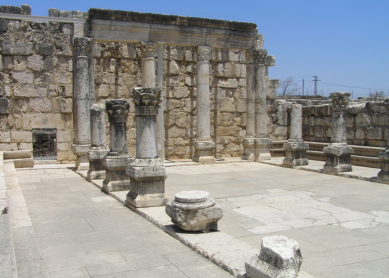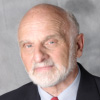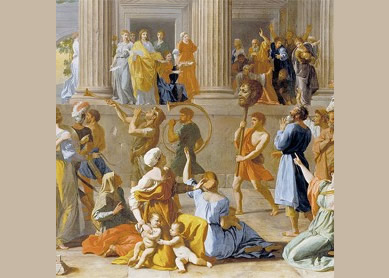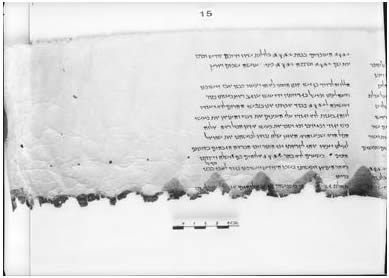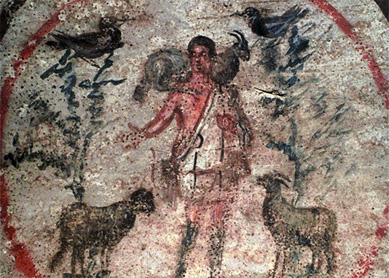The psalms are rich and varied in their kind, content, origins, and use. Many of the psalms were used in the great liturgies of the temple in Jerusalem. In the later context of the second temple, groups of singers performed and also generated many of the psalms (see Asaph in
The temple liturgy acclaimed the “kingship of Yahweh” as a part of festival celebrations (see
Many psalms reflect a different, narrower matrix than that of the temple: namely, the clan or family. Many of the laments, for example, probably functioned in what we might call “rituals of rehabilitation” wherein an intimate, face-to-face community followed a pattern of speech (and perhaps gesture) in restoring members to well-being through healing, forgiveness, or reconciliation. Such restoration countered many forms of “death,” including not only sickness but also imprisonment, social isolation, and shame. For good reason many of the laments end in praise and thanksgiving, all of which is ritually enacted.
The psalms are scripted to be sung and recited repeatedly. With each occurrence, they imagine again the daily life of Israel—whether in the grand drama of the temple or in the more ordinary circumstance of daily life—as an arena in which the presence, power, and purpose of Yahweh is decisive and in which the community (and its members) lives under the rule, guidance, and protection of Yahweh. For all that it borrowed from a broader cultural context, Israel’s worship and its use of the psalms are distinctive because of the distinctiveness attributed to Yahweh as a figure in the psalms. They situate the memory, life, and hope of Israel (and eventually of the world) as life given by Yahweh and lived back to Yahweh. That liturgical imagination, in all of its various venues, was rendered with creative artistry even as it was linked to the real life of Israel.
